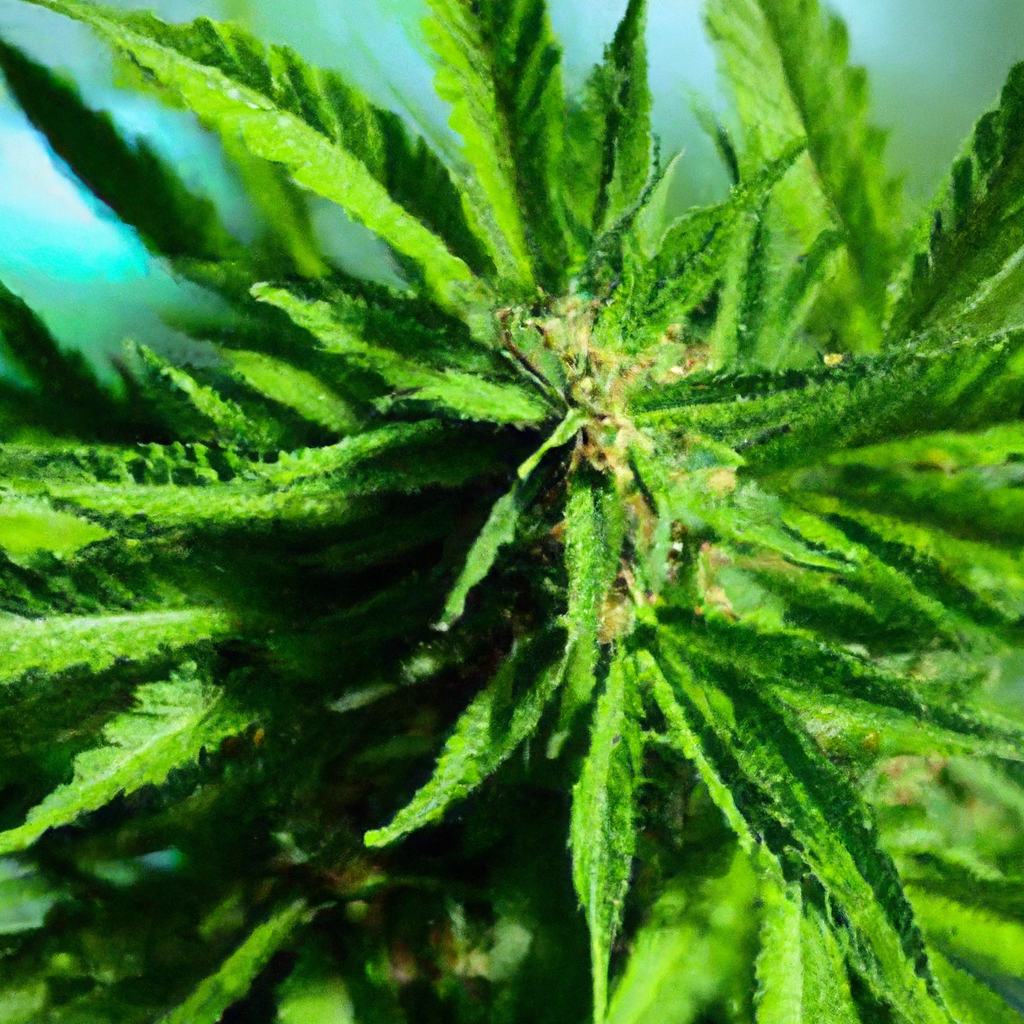By John “Magic” Greenleaf
“Growing greatness, one strain at a time.”
Introduction
Growing cannabis at high altitudes presents both unique challenges and remarkable rewards. The thinner air, increased UV exposure, and dramatic temperature fluctuations create a unique environment that, when properly managed, can produce exceptionally resilient and potent plants. Let’s explore how to unlock the full potential of high-altitude cannabis cultivation.
Benefits of High-Altitude Cultivation
- Enhanced Resilience: High-altitude cannabis naturally adapts to harsh conditions, leading to more robust plant growth.
- Potent Terpene Profiles: Greater UV exposure at altitude boosts terpene production, enriching the aroma and flavor of cannabis strains.
- Dynamic Cannabinoid Content: Such environments often result in strains with elevated THC and CBD levels, offering heightened therapeutic effects.
Techniques for Thriving at Altitude
1. Selecting the Right Strains
Choosing adaptable strains is essential. Look for varieties known for their resilience like “Magic Kush” or “Mile High Mystique,” which are tried-and-true performers in high-altitude conditions.
2. Mastering Environmental Control
- Humidity Management: Adjust relative humidity levels to 55-60% during vegetation and 45-50% during flowering to prevent mold — key for optimal resin production.
- Temperature Regulation: Utilize automated systems to maintain stable temperatures and mitigate altitude-induced stress.
3. Optimizing Water Efficiency
Drip irrigation systems are crucial for high-altitude gardens. These systems conserve water and directly hydrate roots, which minimizes waste and maximizes absorption.
Real-World Examples from Colorado
In the heart of Colorado, I have successfully cultivated strains like “S t” and “Rocky Relief” using these cornerstone principles. Leveraging environmental adaptation, these strains are consistently resilient and yield an impressive array of therapeutic benefits.
Conclusion
Growing cannabis at high altitudes is not for the faint of heart, but for those willing to embrace the challenge, the rewards are immense. By selecting the right strains, mastering environmental controls, and optimizing water use, you can achieve cannabis cultivation greatness in any high-altitude setting.
Remember, “healthy roots, healthy buds, happy harvests.”


Leave a Reply